The pandemic has also affected the wine sector around the world, including in Portugal.
The country’s leadership reacted quickly enough to the outbreak and asked the population to stay home almost after the first illnesses. So festivals were banned overnight, wineries, restaurants, bars were closed and the wine shops only undertook home delivery.
Unfortunately, this situation is unchanged even at the time of writing this article. Moreover, the January 2021 figures for new infections are higher than ever before in Portugal.
However, in order for wineries to continue to operate during and after the pandemic, they need to keep in touch with their consumers. And the only refuge in the wine sector is the Internet. From this point, however, the possibilities are endless.
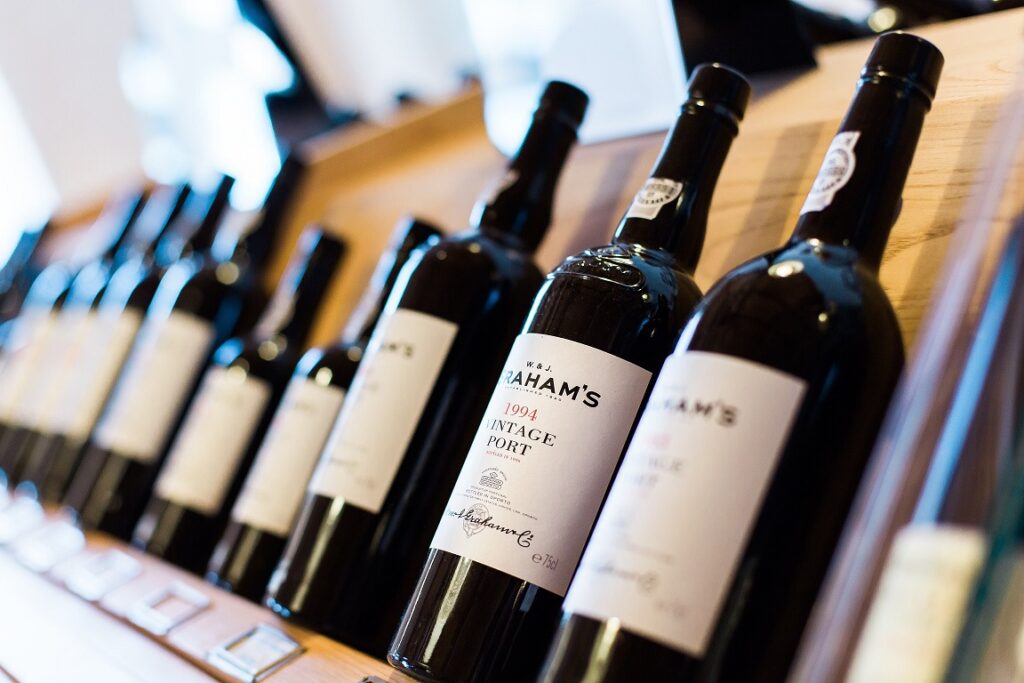
Let’s look at the methods used by Portuguese wineries for the economic survival of the pandemic!
Webshop
Online sales growth in Portugal has also reached the wine sector, and 2020 promises to be a record year in this area (at the time of writing, only data for the first ¾ year are available).
Already in the first month of quarantine – according to OnWine.pt, one of the largest online wine shops in Portugal – turnover increased by 540% (!) compared to the previous 10 weeks, even exceeding the 2019 turnover.
Customers came from all over the country as well as mainly from Western European countries. The average value of orders is 55 euros, which corresponds to an average price of 6.20 euros per bottle. On average, each order consists of 9 bottles and contains at least one Port, sparklings, or other alcoholic beverages.
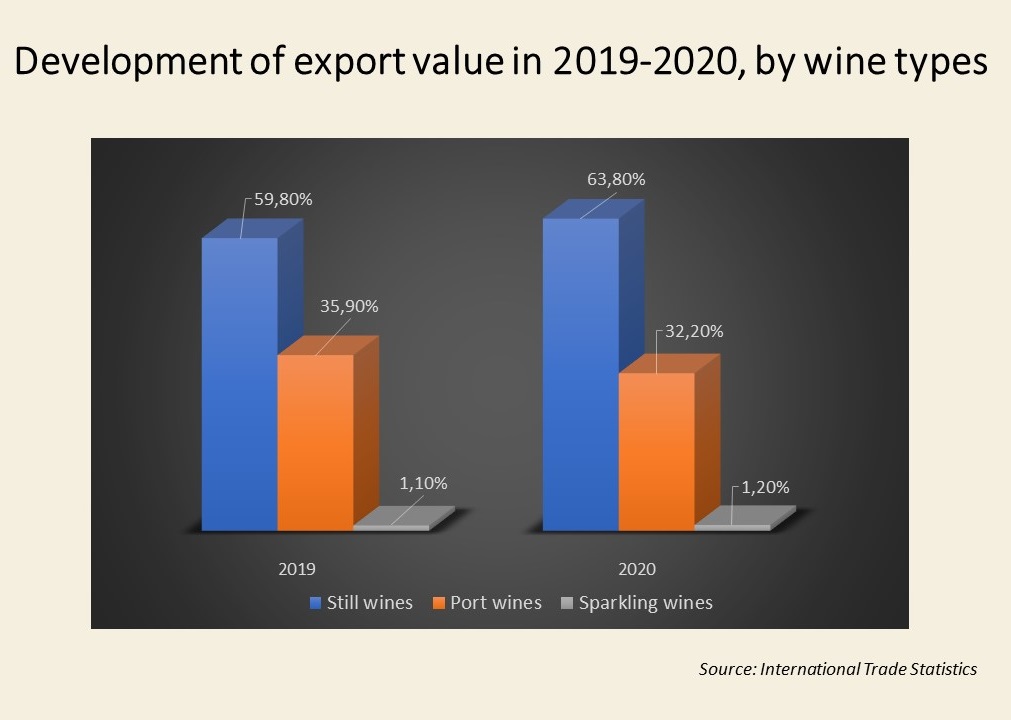
At the time of quarantine, the Portuguese’s most sought-after region is the Douro, followed by Alentejo, which together account for 70% of total sales.
For orders, red wines, in particular, are in the spotlight, accounting for 90% of all purchases.
There are also many new consumers in the webshop, partly also due to this an increase in the number of purchases. They are looking for new experiences, mixing regions, brands, categories, and even prices. People want to learn more about wines- they want to taste new wines and dare to take risks with brands that aren’t so well known yet. Therefore, this is now a great opportunity for wineries, which are making also a huge effort to create targeted campaigns and keep the new contacts because they want those to survive in the post-pandemic period as well.
Voucher (gift card)
The wineries also offer vouchers, with which we can actually buy in advance or book wine tours with them, which we can redeem after the pandemic.
Smart Tasting
It’s actually a kind of virtual wine tour. The producer delivers 2-3 of his own wines to our home, and then virtually, via the Internet, tells about the operation, history and products of the cellar. In the meantime, we can taste the wines of the winery at home. A very interesting, innovative solution for liaising with consumers.
Online winetasting
Wine tasting at home is already a better known and more common way of getting in touch. Various forms of this have already been developed in many countries, which, by the way, were launched by the Italians. And it is no longer just wineries, but wine experts, wine shops, and even many Sommeliers use it to connect with their followers. We can participate in online tastings mainly on social media sites, Instagram and Facebook. Sitting in front of the camera, the experts open a wine they want to present and talk about it for half an hour in a virtual tasting, while they also taste it. They usually indicate on their pages a few days before the tasting which wine will be presented, so in the meantime, we can get it from an online shop so that we can taste with them. Moreover, during the tasting, many people are also already talking to their “viewers” about what they think of that particular wine.
Wine Club
In exchange for a monthly subscription fee, the Wine Clubs mail 2-3 wines selected by a professional (or sometimes based on the individual taste of the subscriber) on a given day of each month, accompanied by a magazine containing information about those wines. This solution offers a very good opportunity, for example, for a group of family or friends to meet at least once a month for a home wine tasting, where they can open and taste the wines they receive together.

As a result, the Portuguese wine exports increased by 2.43% by the end of the 3rd quarter in the year of the pandemic compared to the previous year, reaching EUR 589.6 million. The data were published by the Instituto da Vinha e do Vinho (IVV) (Institute of Viticulture and Wine) at the Annual Forum on Portuguese Wines, which was first held in 2020 in fully digital form.
Despite the impact of the Covid-19 pandemic on the global market, Portuguese wines, therefore, continue to show an export growth trend, which is expected to reach a record high by 2020, given that the last quarter has generally always been the best period for wine trade in the last three years, thus, exports in 2020 are expected to exceed the 2019 value, which amounted to 820 million euros.
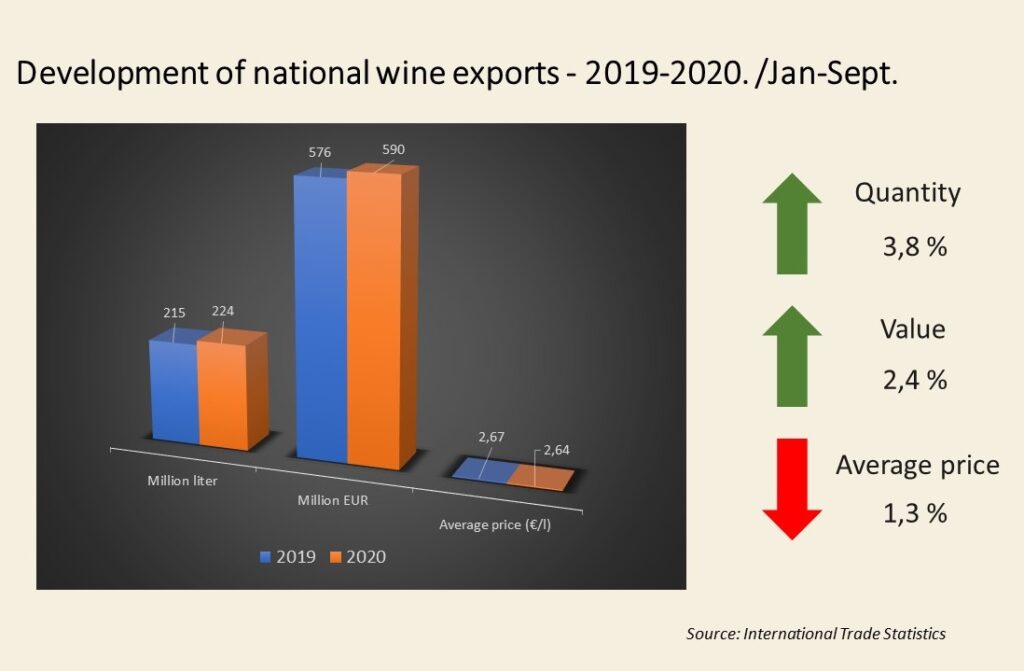
The positive performance achieved is largely due to the behavior of wine lovers from third countries outside the European Union, in particular increased exports to the markets of Brazil, the United States of America, Canada and the United Kingdom.
According to Portuguese experts, these results reflect the quality of Portuguese wines and the adaptability of their producers.
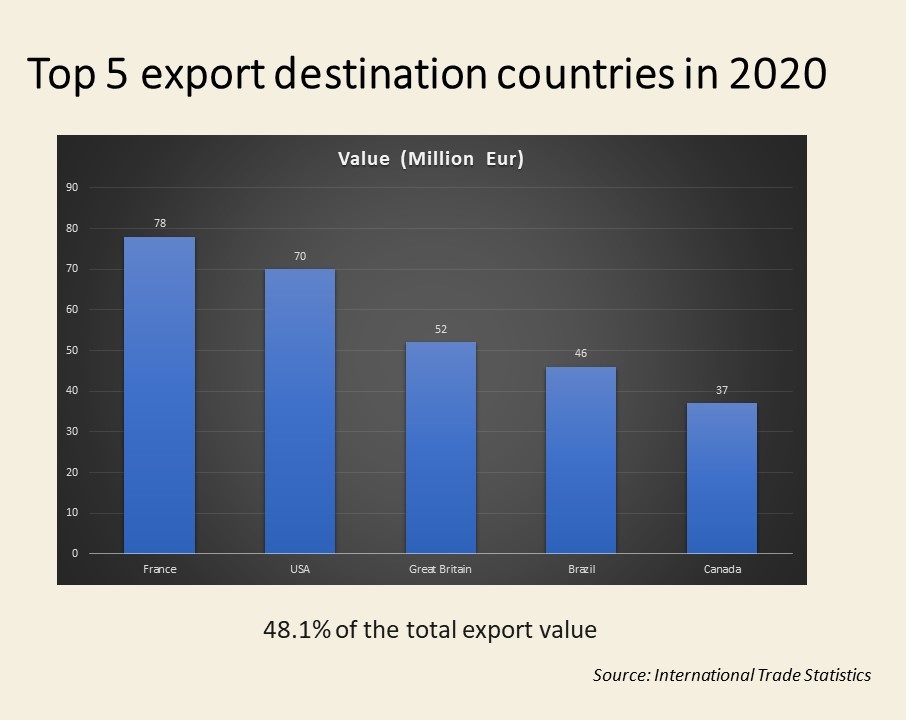
Each year, ViniPortugal, the Professional Association of the Portuguese Wine Sector, presents its annual national and international promotion strategy for Portuguese wines in the framework of its Wines of Portugal Forum, as well as an analysis of the current state of the national wine sector, for regulatory and promotional organizations in the sector and for producers.
In 2021, this Association plans to invest 7.15 million euros in international promotions, which will be one of the largest marketing investments in its history.
The plan envisages 111 actions in 21 markets, namely participation in major international fairs in the sector, tastings, masterclasses and wine dinners to introduce Portuguese wines to importers, sommeliers, influencers and other professionals in the media and wine sector.
In addition to the traditional markets for wine exports, such as the United States, Canada, Brazil, the United Kingdom, France and Germany, the ViniPortugal intends to invest in new markets in 2021, with promotions in Belgium, Denmark, Ukraine and Mexico.
Despite the downturn in 2020, China remains a strategic market for Portuguese wines. The aim is to expand into new cities so that the quality and variety of Portuguese wines become known to more and more consumers.
In an atypical year like 2020, it is a very positive sign that Portuguese wine exports are growing and the export record is set to be broken, in terms of value. We can say that the joint efforts of all the players in the wine sector in recent years, which have clearly focused on product quality and international promotion, as well as opening up new markets, have yielded positive results, especially in a year where there is a lot of uncertainty and limitation anyway.
Photos: Unsplash

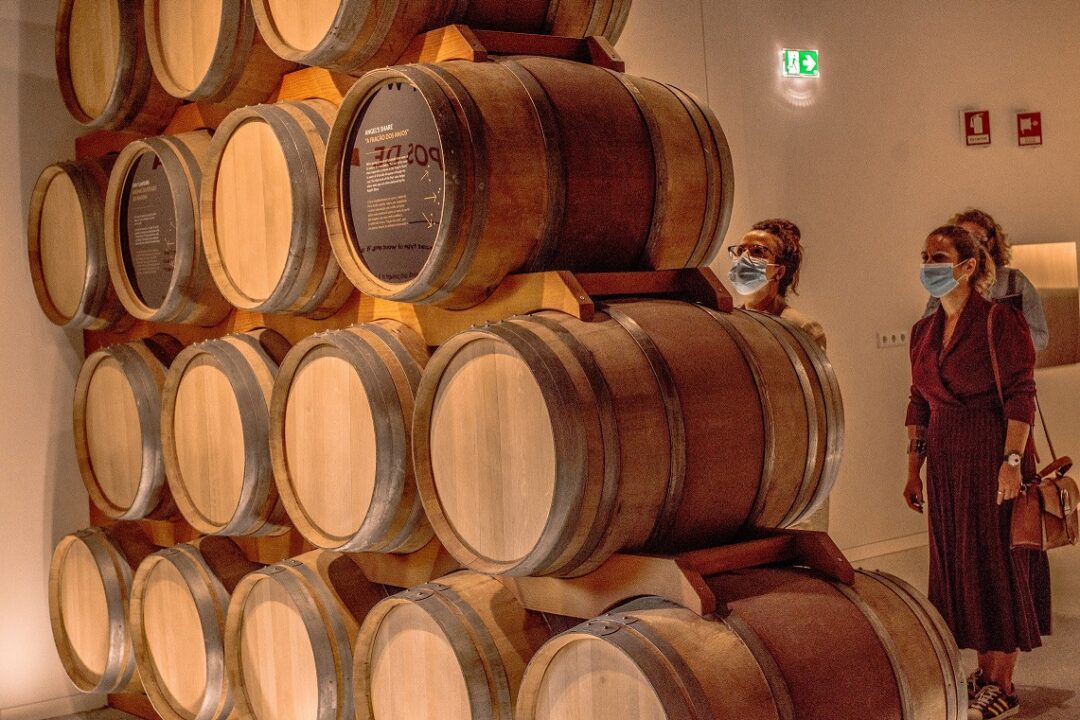




No Comments Found